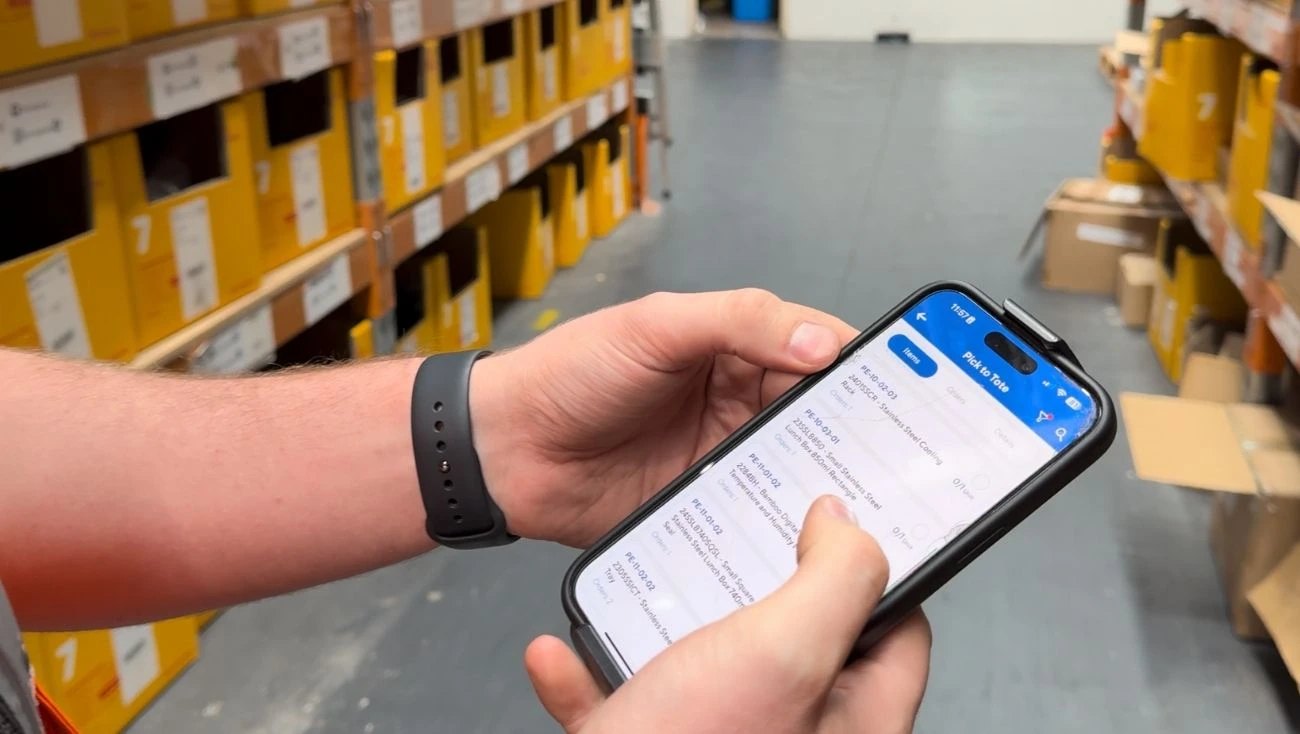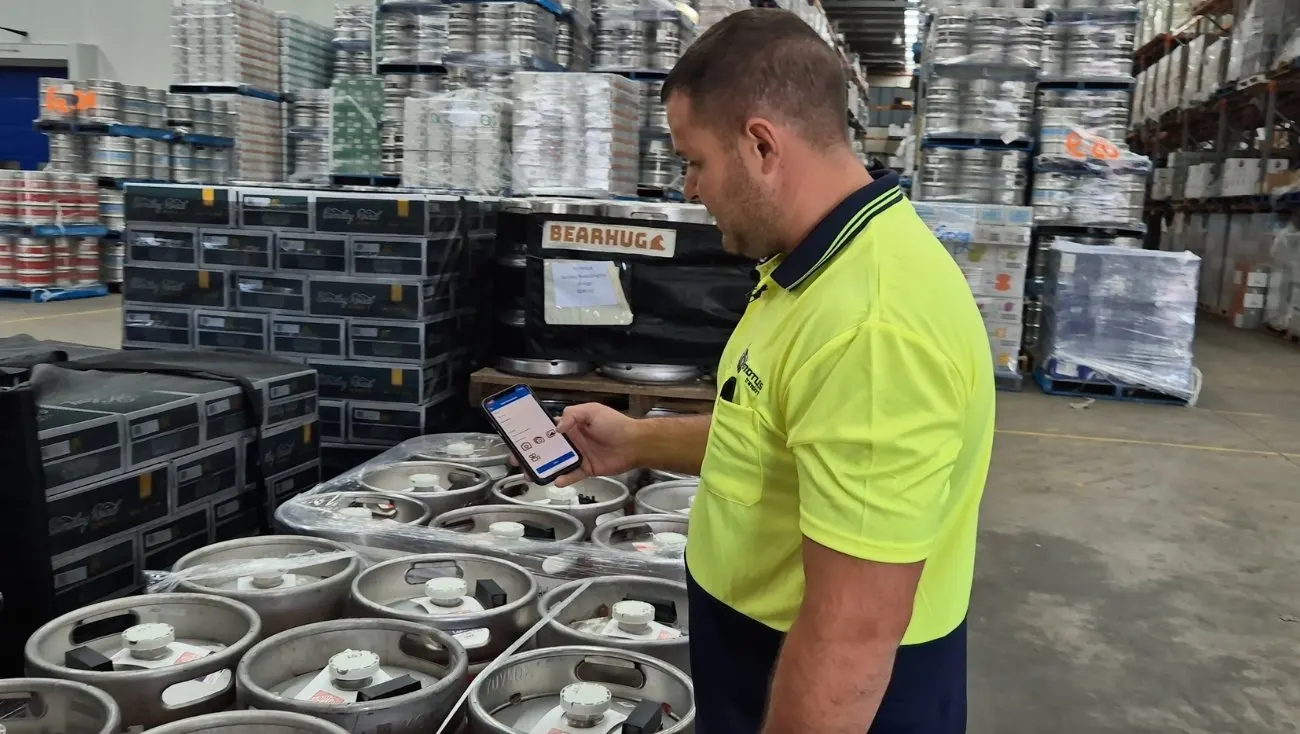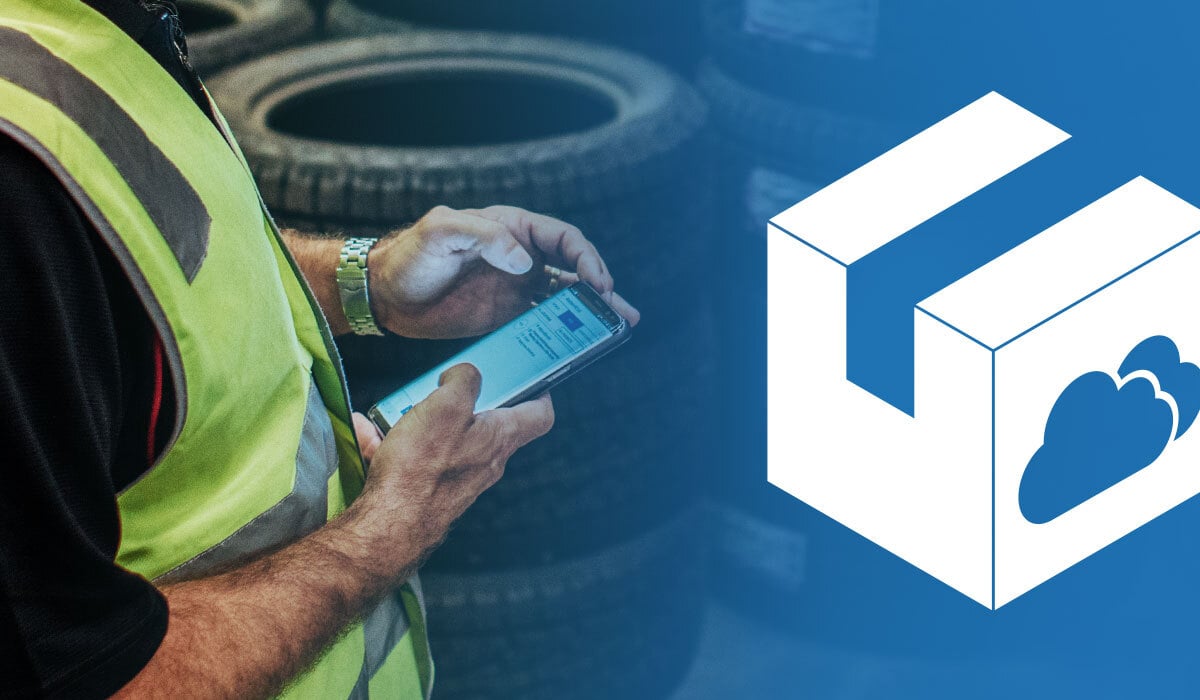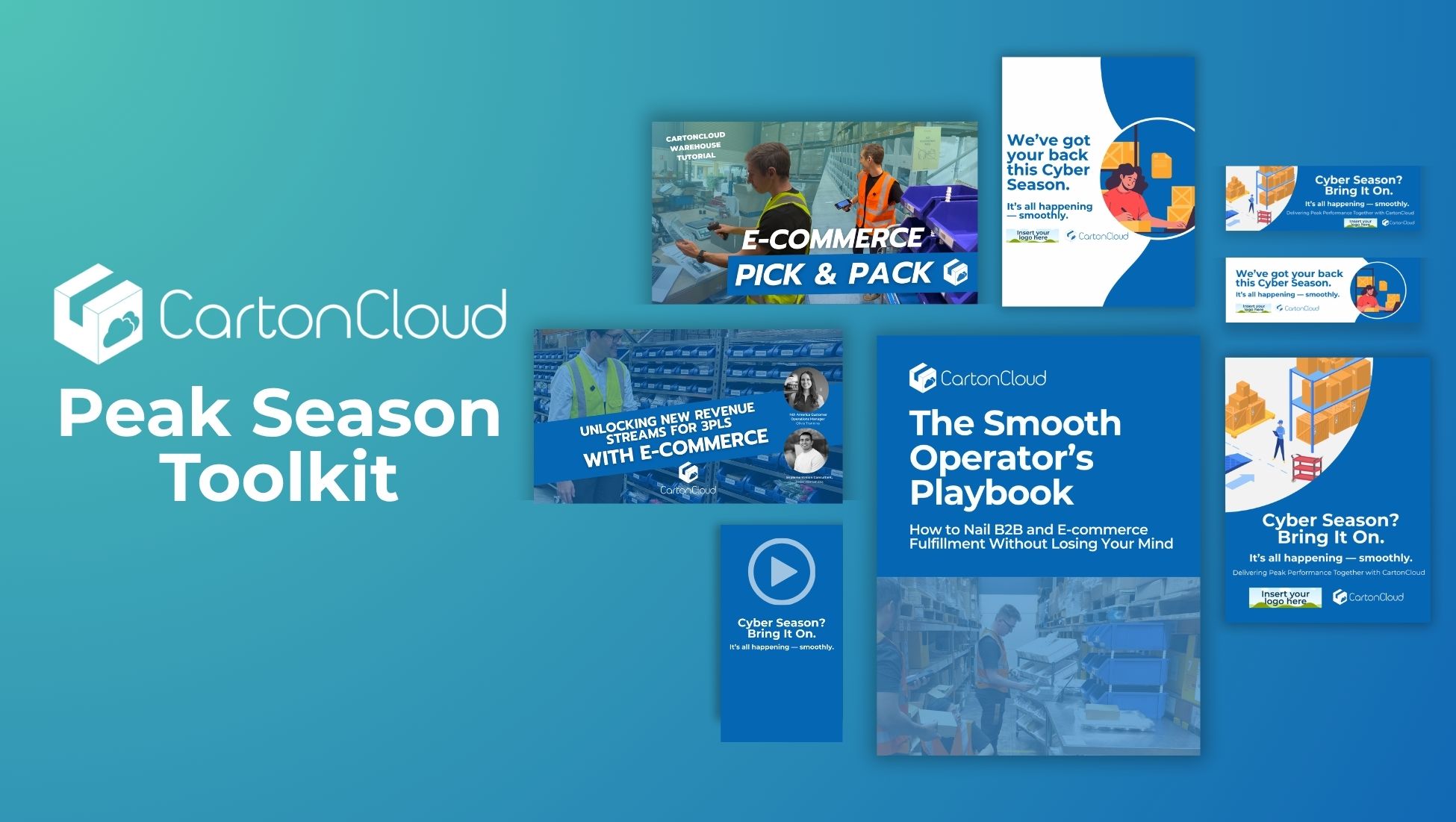How does a transport management system work?


The term “Transport Management System” is used to describe a number of different applications:
- A system for automatically calculating the cheapest way to send items from A to B. This style of application is also known as a “Freight Management System”, (FMS for short), or “Shipping Aggregator”.
- A route optimisation system, used to determine an optimum path between multiple delivery points given a number of constrains (trucks' physical size limitations, loading dock sizes, time-windows, driver hours etc).
- A system for coordinating and managing deliveries. Allowing operators to plan routes, coordinate drivers and store historical information about deliveries.
In this article we’re assuming a Transport Management System to be #3: A system for coordinating and managing deliveries.
A transport management system works by taking data (either manually entered or imported), storing it in a database, and making the data easily searchable and accessible. Transport management systems provide workflows and user interfaces which make them suitable for managing transport operations. The heart of any transport management system is the data provided, and how up-to-date the data is. A key challenge when building transport management systems is allowing users to perform complex operations with a simple and easy to use interface. Generally, this requires the software to have a high degree of customisability, such that the business using the application can tailor the screens and workflow to suit their needs.
Key components of a Transport Management System:
- Job entry screen - used for entering a transport job, often referred to as a Consignment.
- Searching and viewing consignment information and history (ie: who entered the job, who delivered it, and when the delivery was made).
- User interface for allocating consignments to drivers (recording which driver is going to do which jobs).
- Rate calculation - calculating how much to charge for a particular job, and also how much to pay the driver.
Additional components that may be provided:
- Integration interfaces for automatic importing of data
- Workshop module - Managing vehicle maintenance scheduling.
- Route optimisation.
- Mobile applications for collecting driver location, proof of deliveries (PODs) in the field, taking photos of deliveries / damages etc.
- Reporting (financial and/or operational reports, key performance indicators, delivered in full on time % “DiFoT” etc.
All transport management systems will differ from one another in some way. If you’re looking for a transport management system for your company, it is very important to look at what your business’ operational requirements are, then ensure the software is capable of handling the most important of those. It’s rare for an organisation in transport to find software which is able to tick every box their business requires, so a focus on which parts are the most important, and therefore non-negotiable must-haves is critical to making a good selection, and not wasting time evaluating applications which don’t meet the base requirements.
Subscribe to CartonCloud



.webp)
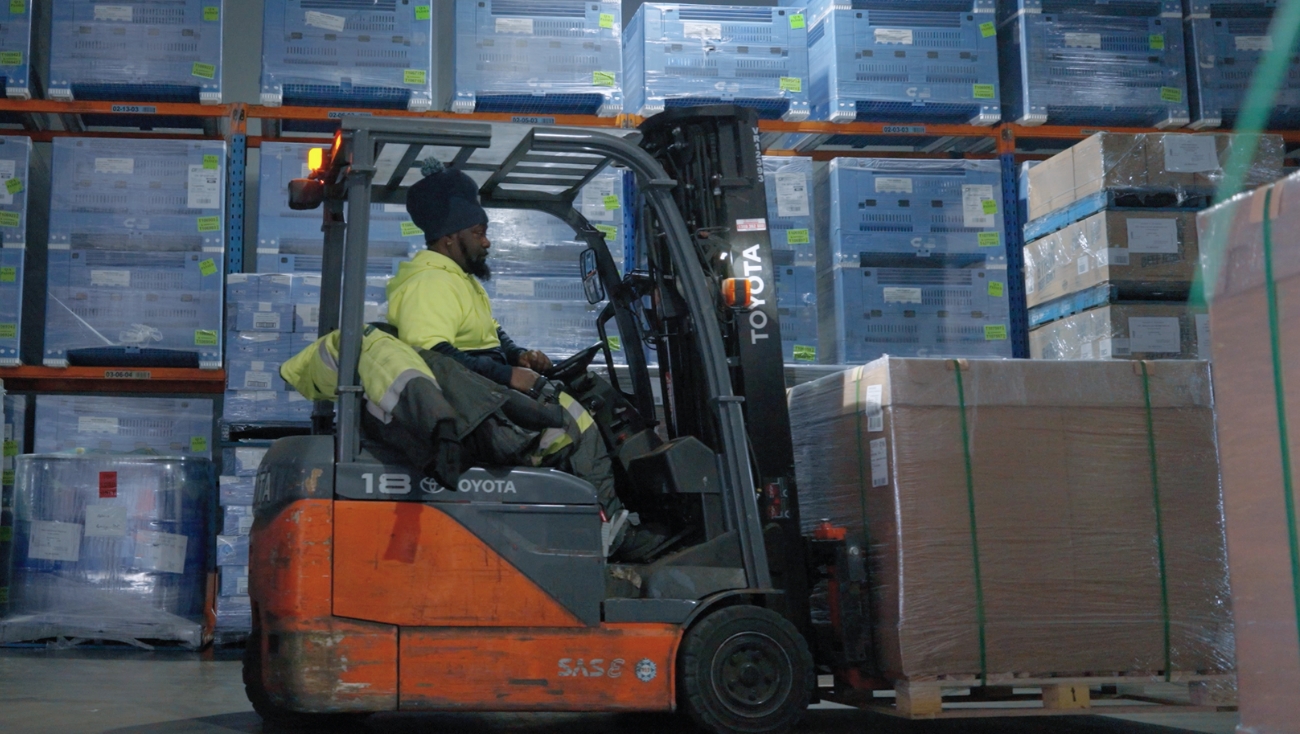


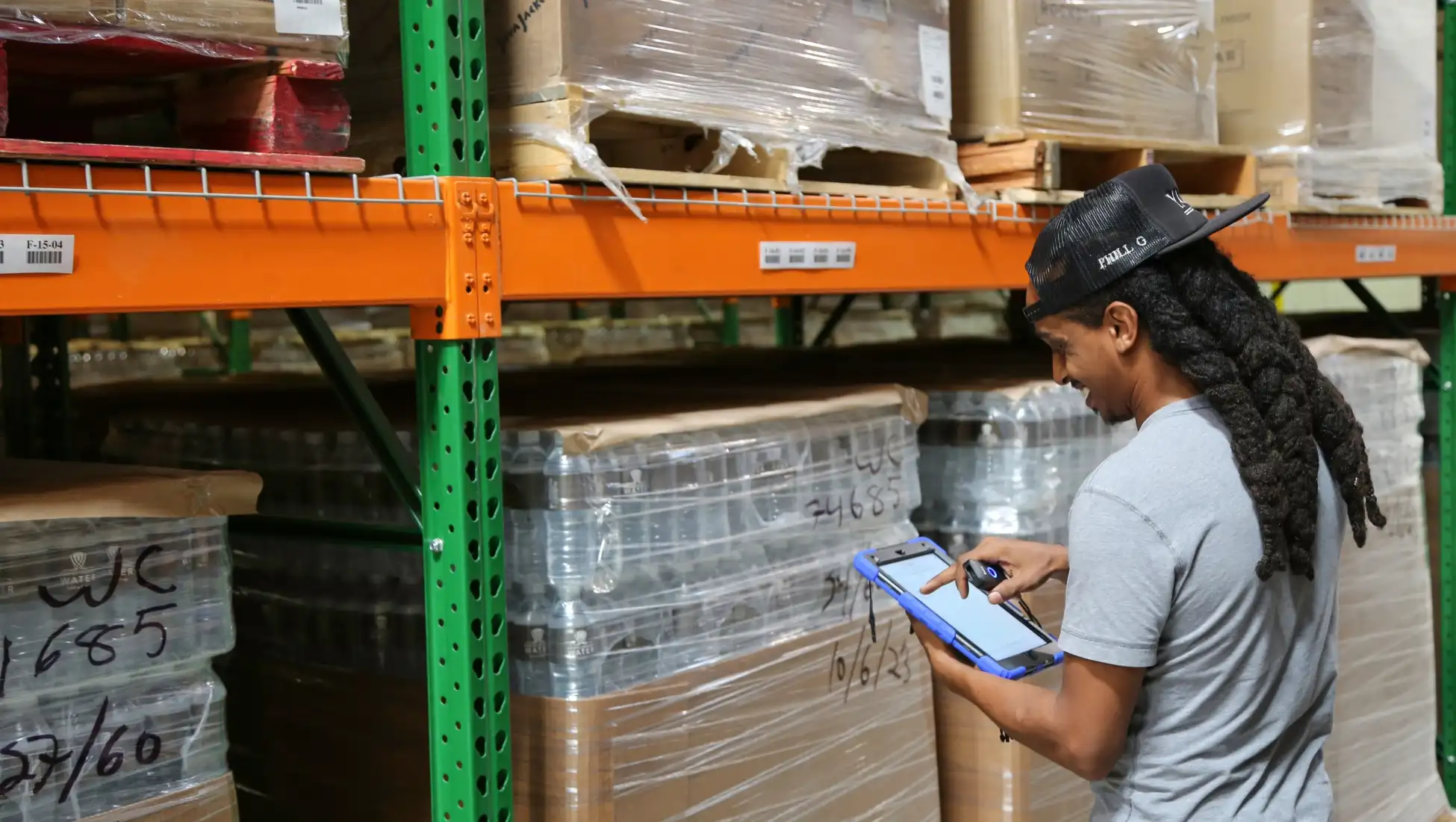
.webp)
